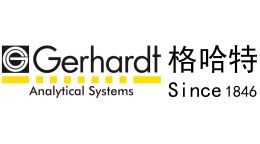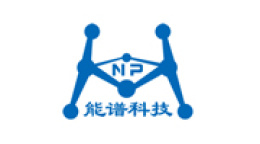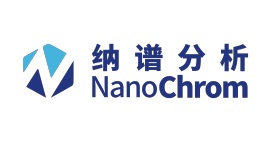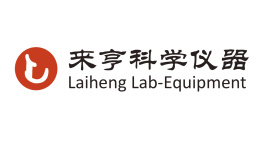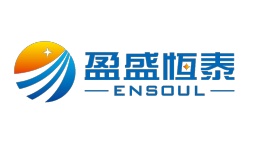方案详情文
智能文字提取功能测试中
水分含量和温度对西瓜籽油脂机械提取的影响Influence of moisture content and temperature on mechanical extraction of oil from watermelon (Citrullus lanatus) seeds使用格哈特公司soxtherm索克森全自动快速索氏提取仪,加100ml石油醚,提取3克西瓜籽粉。The oil content in watermelon seeds was determined using the Soxtherm apparatus (Model: Gerhardt, Germany) which works on the principle of solvent extraction. Dried seeds were powdered in a mixer grinder. Three grams of powder was weighed with precision to three decimal places using an electronic digital balance (Model PS 200/2000/C/2-RADWAG, Poland). Powdered seed samples were taken in a cotton thimble and plugged with cotton and placed in preweighed soxtherm jars containing boiling stones. After adding 100 ml of petroleum ether into the jars, the jars were placed in the soxtherm apparatus.Journal of Pharmacognosy and Phytochemistry 2019; 8(4): 275-279 Journal of Pharmacognosy and Phytochemistry Journal of Pharmacognosy and Phytochemistry Available online at www.phytojournal.com E-ISSN: 2278-4136P-ISSN: 2349-8234JPP 2019; 8(4): 275-279Received: 19-05-2019Accepted: 23-06-2019 印度泰米尔纳德邦农业大学农业工程学院和研 究所食品过程工程系 Poornima DS Department of Food Process Engineering, Agricultural Engineering College and Research Institute, Tamil Nadu Agricultural University, Coimbatore, India KN Hanumantharaju Department of Food Process Engineering, Agricultural Engineering College and Research Institute, Tamil Nadu Agricultural University, Coimbatore, India V Siva Shankar Department of Food Process Engineering, Agricultural Engineering College and Research Institute, Tamil Nadu Agricultural University, Coimbatore, India K Suresh Kumar Department of Food Process Engineering, Agricultural Engineering College and Research Institute, Tamil Nadu Agricultural University, Coimbatore, India HN Ramya Department of Agricultural Engineering, Agriculture College, Hassan, Karnataka, India Department of Food Process Engineering College and Research Institute, Tamil Nadu Agricultural University, Coimbatore, India 水分含量和温度对西瓜籽油脂机械提取的影响 Influence of moisture content and temperature on mechanical extraction of oil from watermelon (Citrullus lanatus) seeds Poornima DS, KN Hanumantharaju, V Siva Shankar, K Suresh Kumar and HN Ramya Abstract Watermelon fruit contains large quantities of seeds and the seed oil has got many benefits. The oil content of seeds was estimated using Soxtherm apparatus and found to contain 22 % of oil in it. The oil from seeds was extracted using mechanical screw press. To optimize the effect of temperature and moisture content on oil recovery completely randomized factorial design of experiments was employed. The oil was extracted at five different temperatures viz, 30, 40, 50, 60 and 70 ºC and moisture contents viz, 4, 6, 8, 10 and 12 % combinations. The best combination for maximum oil recovery was observed to be at 50 ºC temperature and 10 % moisture content. The extracted oil was evaluated for acid, iodine, saponification, free fatty acid, specific gravity, density and viscosity values. The determined values were 10.20 mgKOH/g, 154 gI2/100g, 190.80 mg/g, 5.32 mgKOH/g, 0.94, 1.39 g/cm3 and 1.14 mm2/sec, respectively. Keywords: Watermelon seeds, extraction, temperature, moisture content and oil recovery 1. Introduction Watermelon (Citrullus lanatus) belongs to the family of Cucumber (Cucurbitaceae), is large, oval, round or oblong in shape (Quek, Chok, & Swedlund, 2007) [16]. It is a vine-like flowering plant originated from southern Africa. In India, watermelon is cultivated in an area of 74,640hectareswithatotalproductionof1809.83milliontonnesandproductivityof24.2t/ha (Anonymous, 2014) [1]. It is one of the major underutilized fruits grown in the warmer part of the world. The juice or pulp from watermelon is used for human consumption while rind and seeds are the major solid wastes (Mao, Jeong, Que, & Huber, 2006) [13]. The rind is utilized for products such as pickles and preserves as well as for extraction of pectin (Sadrnia, Rajabipour, Jafary, Javadi, & Mostofi, 2007) [17] whereas seeds are potential source of protein (Oyenuga &Fetuga, 1975) [15]; (Teotia & Ramakrishna, 1984) [20] and lipids (Kamel, Dawson, & Kakuda,1985) [10]. The dry seeds of watermelon contain on an average of about 32 g protein and 51.4 g fat per 100 g of sample (Kamel et al., 1985) [10] Watermelon seed oil is rich in Vitamin A, B and E. Magnesium, iron, copper, phosphorus, potassium and manganese compounds also present in the seed oil (Wani, Sogi, Singh, Wani, & Shivhare, 2011) [21]. Watermelon seed oil provides essential amino-acids such as arginine and lysine which helps in improving the metabolism of the body and absorption of calcium for strengthening the bones and the tissues. The oil gives unsaturated healthy fats to the body which in turn reduces the blood pressure (Altuntas, 2008)[5]. The demand for vegetable oil is increasing at a rapid rate due to increasing population. Vegetable oils are an important component for both food (for feeding, margarine and canned food industry, bakery, confectionery) and non-food industry (production of detergents, paints, special varnishes, fatty acids, pharmaceuticals and cosmetics products, and painting (Koocheki et al., 2007) [11]. Currently, oil is being extracted by using different methods such as chemical, high pressure CO2, distillation and mechanical extraction methods. Although existing chemical methods of oil extraction is having high percentage of oil recovery it has several disadvantages such as high cost, chemical retainment in oil, not easily available for farmers etc. (Liauw et al., 2008)[122]].. A A s s i i m m p p l l e e w w a a y y t t o o o o v v e e r r c c o o m m e e t t h h e e a a b b o o v v e e s s a a i i d d l l i i m m i i t t i i n n g g f f a a c c t t o o r r s s i i s s b b y y u u s s i i n n g g m m e e c c h h a a n n i i c c a al l extraction method, as this method will be easily available for farmers and cost effective. Hence the experiment was conducted to find out the oil recovery in mechanical extraction under the influence of moisture content and temperature of water melon seeds. 2. Materials and Methods The present investigation on “Influence of moisture content and temperature on mechanical extraction of oil from watermelon (Citrullus lanatus) seeds” was carried out in laboratories of Biofuel Center and Department of Agriculture Engineering, UAS, GKVK, Bengaluru. The ‘Arka manic’variety of watermelon seeds were procured from IIHR, Hesargatta, Bengaluru. 2.1 Estimation of oil content in watermelon seeds The oil content in watermelon seeds was determined using the Soxtherm apparatus (Model: Gerhardt, Germany) which works on the principle of solvent extraction. Dried seeds were powdered in a mixer grinder. Three grams of powder was weighed with precision to three decimal places using an electronic digital balance (Model PS 200/2000/C/2-RADWAG, Poland). Powdered seed samples were taken in a cotton thimble and plugged with cotton and placed in pre-weighed soxtherm jars containing boiling stones. After adding 100 ml of petroleum ether into the jars, the jars were placed in the soxthermapparatus. Oil was extracted by runningthe preprogrammed soxtherm apparatus for 4 h 35min. After completion of extraction, the remaining petroleum ether and moisture was removed by keeping it in hot air oven at 110˚C for 1 hour. The jars were removed from the oven and placed in desiccators containing calcium carbonate for 1 h to remove the moisture content. The oil content in the seeds was determined using the following formula (Matthäus & Brühl,2001) [14]. Where W = weight of powdered seed sample W1= weight of the soxtherm jar along with boiling stones W2 = Final weight of the soxtherm jar along with the boiling stones and extracted oil. 2.2 Sample preparation The initial moisture content of the dried watermelon seeds was determined using a standard oven method (AOAC, 2002) and it was found to contain 4.02 % moisture content. The watermelon seed sample of desired moisture levels were prepared by adding calculated amount of distilled water through mixing and then sealing in separate plastic bags. The samples were kept at 5 ºC in a refrigerator for at least a week to enable the moisture to distribute uniformly throughout the sample. Before starting a test, the required quantities of seeds were allowed to warm up to room temperature. The quantity of distilled water was estimated from the following equation. Temperature of the samples were varied by keeping the samples in the hot air oven to desired temperature for 24 h (Koocheki et al., 2007) [11] Where W2 = Mass of distilled water added (kg) W1 = Initial sample mass (kg) M1 and M2are the initial and desired moisture content of sample (w.b %). 2.3 Design of experiments The experiments were carried out by varying temperature and moisture content. 1. Temperature (T1-30 ºC, T2-40 ºC, T3-50 ºC, T4-60 ºC and T5-70 ºC) 2. Moisture content (M1-4, M2-6, M3-8, M4-10 and M5-12%) The experimental design contains 25 treatments which were the combinations of temperature and moisture contents using Factorial Completely Randomized Design (FCRD). Treatments: 25; Sample size: 1 kg of seeds per treatment per replication. 2.4 Oil extraction from watermelon seeds The oil was extracted from watermelon seeds using a mechanical screw expeller, a motorized oil extraction device (0.5 hp and 2 kg/h capacity) designed and fabricated by Bio fuel center, Department of Forestry and Environmental sciences, UAS, GKVK, Bengaluru. In this method of oil extraction, raw materials were squeezed under high pressure in a single step of operation. The screw present in the extractor, presses oil seeds through a perforated caged barrel. Duetofriction,pressureandcompressionforces,seedoil seeps through the small opening. Oil extracted in this method is called cold-pressed oil. The waste material obtained from this screw press can be used for preparing manure by composting. The oil obtained should be filtered to remove larger impurities and allowed to settle for 2-3 days to remove smaller impurities and measured. Obtained clean oil can be used for further analysis 2.5 Physico-chemical characteristics of watermelon seed oil Extracted oilwas subjectedtoevaluation for biochemical properties using the method followed by (Sarma, Konwer, &Bordoloi, 2005) [18] The details of the properties determined and the methods followed for the determination are described below. 2.5.1 Acid value and Free Fatty Acid (FFA) Acid value is the amount of potassium hydroxide in mg that would neutralize the free acid in a gram of the sample and is expressed in (mgKOH/g). 25 ml of petroleum ether was mixed with 25 ml of ethanol and 4 drops of phenolphthalein indicator into a conical flask containing 2 g of the watermelon seed oil sample and was titrated with aqueous 0.1 M KOH and shaken properly until a pink colour which persist for 15seconds was obtained. Free Fatty Acid: It is a number that is usually calculated as oleic acid, also expressed in (mg KOH/g). Calculation 2.5.2 Iodine value This is a measure of the degree of unsaturation in any vegetable oil or animal fat. It is the weight of iodine absorbed by 100 parts by weight of the sample and is expressed in (mg/g). Exactly 0.3 g of oil was transferred to a clean dry iodine glass containing 10 ml of chloroform/carbon tetrachloride, mixed well and 25 ml of iodine monobromide (IBr) was added to it. One conical flask was kept as a blank without oil. Both the flasks were shaken well and were placed in dark. After this, stirring was done for each flask for every 5min for about 30 min. 50 ml of water and 10 ml of 10 %potassium iodide solution was added to each flask. Then the solutions were titrated against standard Na2S2O3 solution using 2 ml of starch as indicator with end point blue to colorless. Iodine number was calculated using the following formula. Where, V1 is the volume of Na2S2O3 used for blank, V2 is the volume of Na2S2O3 used for oil, N is normality of Na2S2O3, W is the weight of the oil in gram. 2.5.3 Specific gravity and Density 25 ml of pycnometer bottle was washed, dried and weighed. The bottle was filled with Toluene (C6H5CH3) and weighed. The bottle was emptied, dried and filled with the extracted watermelon seed oil and weighed. Calculation: ---3.14 2.5.4 Viscosity Viscosity of watermelon seed oil was measured using Viscometer (Cannon-Fenske Viscometer No. 200 with nominal constant 0.10). The sample was introduced into the viscometer by immersing tube ‘A’ into the sample and suction was applied to ‘I’, till the sample raised to the etched line ‘E’. Then the viscometer was made to normal position and tube A was cleaned. The viscometer was then inserted into a holder and placed in water bath maintained at constant temperature of 40 ˚C. Sample from tube A was brought into the tube B, a short distance above the mark C and the time to pass from A to B was recorded. The kinematic viscosity was measured by multiplying the time with a viscometer constant. 2.6 Statistical analysis The results of the oil extraction using different moisture content and temperature combinations were analyzed using Factorial Completely Randomized Design (FCRD) with two replications by using AGRES software. The mean of the observation was subjected to two-way ANOVA and significance of the means were tested using F-test at (p<0.05) among the design and operational parameters, the best treatment combination was selected based on their treatment mean values and significance level (Fisher & Yates, 1963) [7]. 3. Results and Discussion The oil content was estimated using soxtherm apparatus which was found to be 22 % and the time for the extraction was 4 hour and 35 min. After extraction, the petroleum ether and the moisture remained in the oil was separated by keeping in oven at 110 ˚C for 1 h and thus the total time required was 5 h and 35 min. 3.1 Effect of temperature and moisture content on oil recovery of seeds (ml) Fig 1: Oil recovery at 5 different temperature and moisture content combinations The results of oil recovery at various combinations are represented in the fig 1. From the fig. 1 it was observed that, oil recovery at all combinations increased initially, reaches to maximum and subsequently reduced with further increase in temperature. The similar trend was observed in the findings of (Gikuru &Moriasi,2007)[9]forgroundedsoybeans.The maximum and minimum oil recovery (124 ml) was obtained at T3M4 (50ᵒC, 10 %) and T5M1(70ᵒC, 4%) combinations respectively. This increased oil recovery might be due to the increase in temperature which in turn increases the oil mobility as it facilitates the rupturing of oil cells by creating voids and serves as a migratory space for oil. (Adeeko &Ajibola, 1990)[4]. Oil recovery was reduced by further increase in temperature (above 50ᵒC) as samples were hardened due to moisture loss and there was frequent choking and jamming of screw as cake becomes hard and choke the outlet which might be the reason for reduction of oil recovery (Schembre & Kovscek, 2004) [19] From the figure it was observed that, oil recovery increased as moisture content increased from 4 % and reaches to maximum at 10 % at all 5 temperatures but further increase in moisture content not shown any desirable effect on oil recovery. The reason might be due to the increase in temperature causes hardening of samples but increase in moisture content might have avoided hardening of samples hence higher percentage of oil was observed. Further increase in moisture content (above 10 %) at lower temperature causes seeds to become soft with absorption of moisture and hence less force is applied by screw on the seed due to which the seed slide along with screw. Moisture acted as lubricant in the barrel which resulted in insufficient friction and reduced level of compression and contributed to less oil recovery. Decrease in moisture content and increase in temperature causes seeds to get hardened and hence frequent choking and jamming of screw reduces the oil recovery. The results were found similar to the finding of (Adebanjo & Kehinde, 2013) [3] for moringa oleifera seeds at different temperatures. Table 1: Efficiency of mechanical screw press at different treatments (%) Treatments M1 M2 M3 M4 M5 T1 58.61 60.55 61.94 64.72 64.44 T2 59.44 61.94 61.66 63.88 64.44 T3 59.44 63.88 65.27 68.88 68.55 T4 58.05 62.77 64.16 66.94 66.66 T5 57.77 63.05 63.33 65.00 66.38 Where T-Temperature (ᵒC) T1- 30 T2- 40 T3- 50 T4- 60 T5- 70 M- Moisture content (% w.b) M1- 4 M2- 6 M3- 8 M4- 10 M5- 12 3.2 Biochemical characterization of oils at optimized treatments Biochemical analysis for the watermelon seed oil obtained at optimized treatment (10 % moisture content and 50 ᵒC) was determined. The acid value of extracted watermelon seed oil was found to contain 2.80 mgKOH/g. Free Fatty Acid (FFA) was determined by knowing acid value and the values of FFA ranged from 5.32 mgKOH/g. The amount of catalyst required for trans esterification process if the oil is used for biodiesel purposecan be calculated based on FFAvalues and the obtained values are given in the Table 2. The higher acid values could be due to incomplete formation of triglycerides or due to hydrolysis of triglycerides by the action of enzymes. The results were similar to the findings of Oladeji (2015) for egusi melon seed oil. The iodine value obtained was 154 gI2/100g and the result is given in the Table 2. Iodine value is the measure of unsaturatedfattyacidsintheoil. Ithelpstoindicatethe oxidation stability and provide information about the fuel’s tendency to form the sludge, affect lubricant quality and may cause corrosion. Higher iodine number represents lower oxidation stability, also the presence of polyunsaturated fatty acids that may polymerize at higher temperatures and form sludge and affect the performance of engine. The results were similar to the findings of (Fröhlich & Rice, 2005)[8] for camelina sativa oil. Table 2: Biochemical properties of watermelon seed oil. Sl. No Properties Watermelon seed oil Mean 1 Acid value, mgKOH/g 2.80 2 Free Fatty Acid(FFA), mgKOH/g 5.32 3 Iodine value, gI2/100g 154 4 Saponification value, mg/g 190.80 5 Specific gravity 0.94 6 Density, g/cm3 1.39 7 Viscosity, (millipoise) 112.32 The values of specific gravity were found to range from 0.94which was slightly lesser than the specific gravity of water. The density of oil was found to be 1.39 g/cm3.The results were similar to the finding of (Berchmans & Hirata, 2008) [6] for Jatropa seed oil. The values of viscosity for oil obtained was 112.32 millipoise. The results were found similar to the findings of the (Fröhlich & Rice, 2005) [8] for Camelina sativa oil. Since viscosity is the rate of opposition of flow of a liquid, it makes it to be a very important property of oil. Conclusion Watermelon (Citrullus lanatus) seeds contains desirable essential amino acids and mineral compounds hence it is best suited for food applications. In that aspect oil was extracted using screw press and the best combination for maximum oil recovery was observed to be at 10 % moisture content and 50ºCtemperature.Theextractedoilwasevaluatedbasedon propertiessuchasacidvalue,iodinevalue,saponification value, free fatty acid value, specific gravity, density and viscosity. The values obtained for these properties were 10.20mgKOH/g, 154 gI2/100g, 190.80 mg/g, 5.32 mgKOH/g,0.94, 1.39 g/cm3 and 1.14 mm2/sec, respectively. References 1. Anonymous. Indian Horticulture Database. National Horticulture Board, Ministry of Agriculture, Government of India. 2014, 2. AOAC, Official methods of analysis. Association of Official Analytical Chemists, Gaithersburg, Maryland, USA. 2002, 3. Adebanjo S, Kehinde O. Extraction and determination of physico-chemical properties of watermelon seed oil (Citrullus Lanatus L) for relevant uses. International journal of scientific & technology research. 2013;2(8):66-68. 4. Adeeko K, Ajibola O. Processing factors affecting yield and quality of mechanically expressed groundnut oil. Journal of Agricultural Engineering Research. 1990;45:31-43. 5. Altuntas E. Some physical properties of pumpkin (Cucurbita pepo L.) and watermelon (Citrullus lanatus L.) seeds. Tarim bilimleri dergisi, 2008; 14(1):62-69. 6. Berchmans HJ, Hirata S. Biodiesel production from crude Jatropha curcas L. seed oil with a high content of free fatty acids. Bioresource technology. 2008; 99(6):1716-1721. 7. Fisher RA, Yates F. Statistical tables for biological, agricultural andmedical research.Statistical tables for biological,agriculturalandmedicalresearch.(6thed),1963. 8. Fröhlich A, Rice B. Evaluation of Camelina sativa oil as a feedstock for biodiesel production. Industrial crops and products. 2005; 21(1):25-31. 9. Gikuru M, Moriasi L. A study of yield characteristics during mechanical oil extraction of preheated and ground soybeans, 2007. 10. Kamel BS, Dawson H, Kakuda Y. Characteristics and compositionofmelonandgrapeseedoilsandcakes. JournaloftheAmericanOilChemists'Society.1985;62(5):881-883. 11. Koocheki A, Razavi SMA, Milani E, Moghadam T, Abedini M, Alamatiyan S, et al. Physical properties of watermelon seed as a function of moisture content and variety. International Agro physics. 2007; 21(4):349. 12. Liauw MY, Natan F, Widiyanti P, Ikasari D, Indraswati N,Soetaredjo F.Extractionofneemoil (Azadirachta indica A. Juss) using n-hexane and ethanol: studies of oil quality, kinetic andthermodynamic. ARPNJournal of Engineering and Applied Sciences. 2008; 3(3):49-54. 13. Mao L, Jeong J, Que F, Huber DJ. Physiological properties of fresh ‐cut watermelon (Citrullus lanatus) in response to 1‐methylcyclopropeneand post ‐processing calcium application. Journal of the Science of Food and Agriculture. 2006; 86(1):46-53. 14. Matthäus B, Brühl L. Comparison of different methods for the determination of the oil content in oilseeds. JournaloftheAmericanOilChemists'Society.2001;78(1):95-102. 15. Oyenuga VA, Fetuga BL. Some aspects of the biochemistry and nutritive value of the water melon seed (Citrullusvulgaris,Schrad). JournaloftheScienceof Food and Agriculture. 1975; 26(6):843-854. 16. Quek SY, Chok NK, Swedlund P. The physicochemical properties of spray-dried watermelon powders. Chemical Engineering and Processing: Process Intensification.2007; 46(5):386-392. 17. Sadrnia H, Rajabipour A, Jafary A, Javadi A, Mostofi Y. Classification and analysis of fruit shapes in long type watermelon using image processing. Int. J Agric. Biol.2007; 1(9):68-70. 18. SarmaAK,KonwerD,BordoloiP.Acomprehensive analysis of fuel properties of biodiesel from Koroch seed oil. Energy & fuels. 2005; 19(2):656-657. 19. Schembre J, Kovscek AR. Thermally induced fines mobilization: its relationship to wettability and formation damage. Paper presented at the SPE International Thermal Operations and Heavy Oil Symposium and Western Regional Meeting, 2004. 20. Teotia M, Ramakrishna P. Chemistry and technology of melon seeds. Journal of Food Science and Technology.1984; 21:332-340. 21. Wani AA, Sogi DS, Singh P, Wani IA, Shivhare US. Characterisation and functional properties of watermelon (Citrullus lanatus) seed proteins. Journal of the Science of Food and Agriculture. 2011; 91(1):113-121.
关闭-
1/5
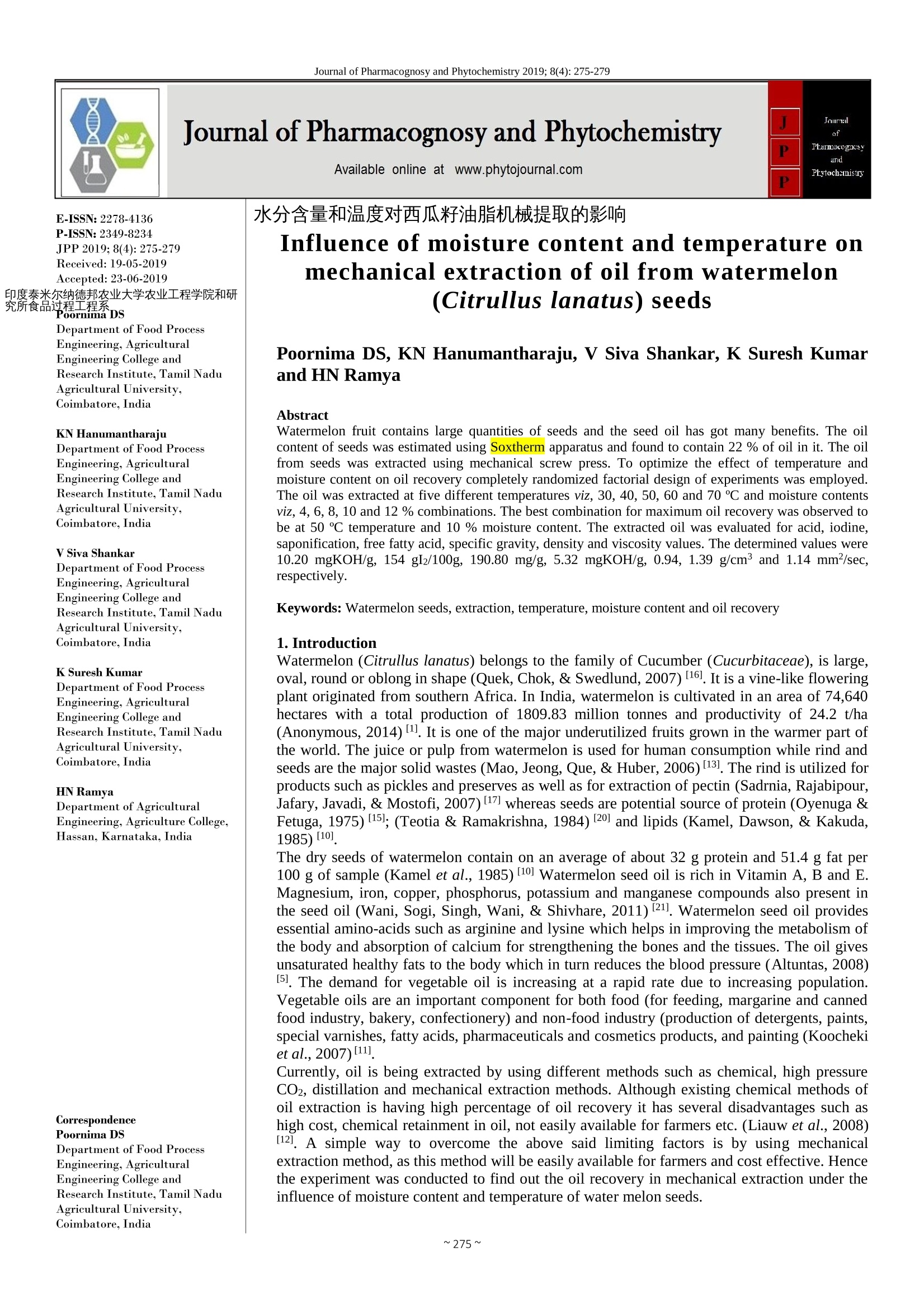
-
2/5
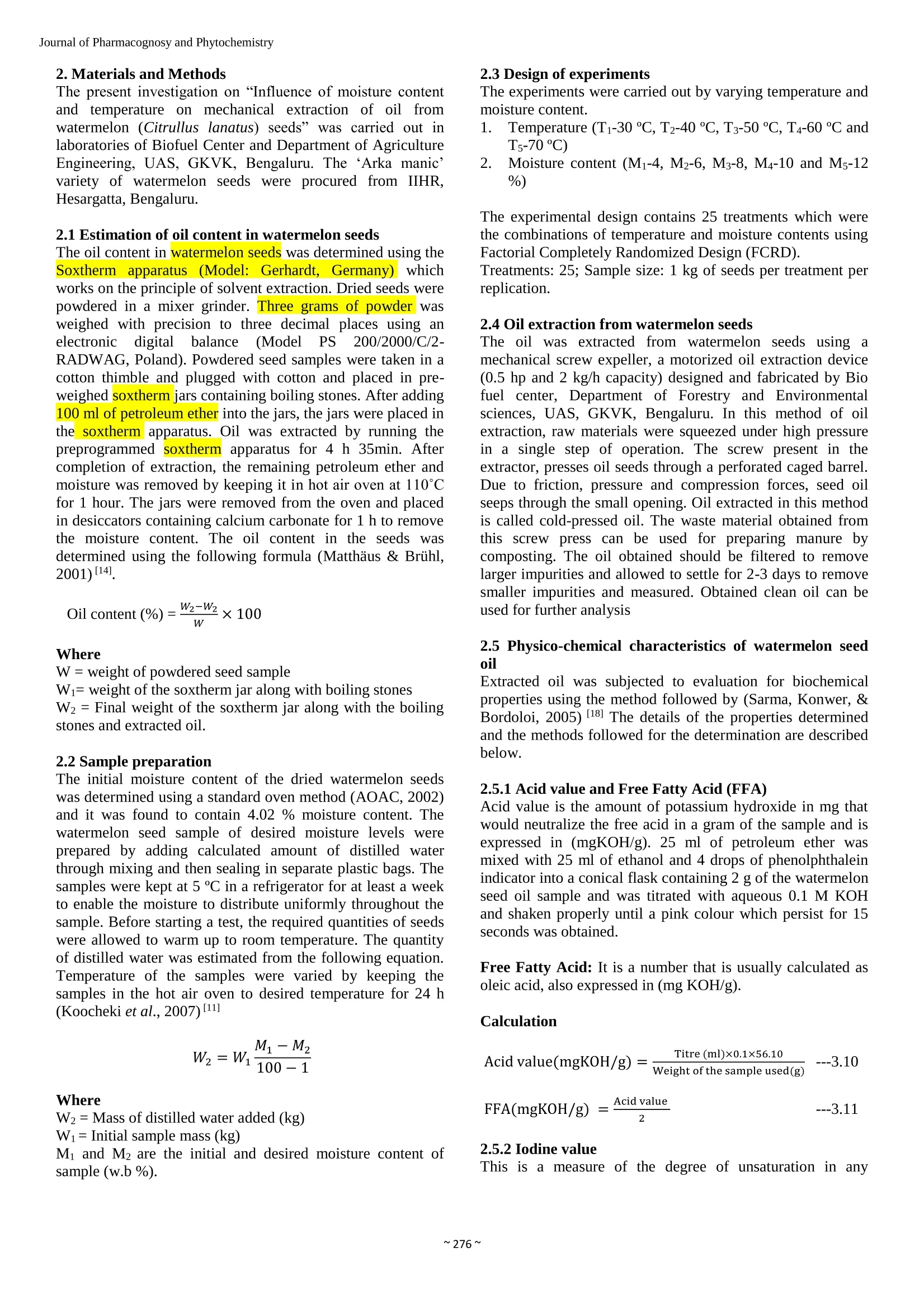
还剩3页未读,是否继续阅读?
继续免费阅读全文产品配置单
中国格哈特为您提供《西瓜籽油脂和脂肪酸含量的检测》,该方案主要用于食用植物油中营养成分检测,参考标准《GB 5009.6 食品中脂肪的测定》,《西瓜籽油脂和脂肪酸含量的检测》用到的仪器有格哈特全自动快速索氏提取SOXTHERM、格哈特传统经典索氏提取/萃取仪EV6 AII16、格哈特快速干燥仪STL56、格哈特强力高重现振荡器LS500/RO500、滤纸筒、德国移液器MM。
我要纠错
相关方案


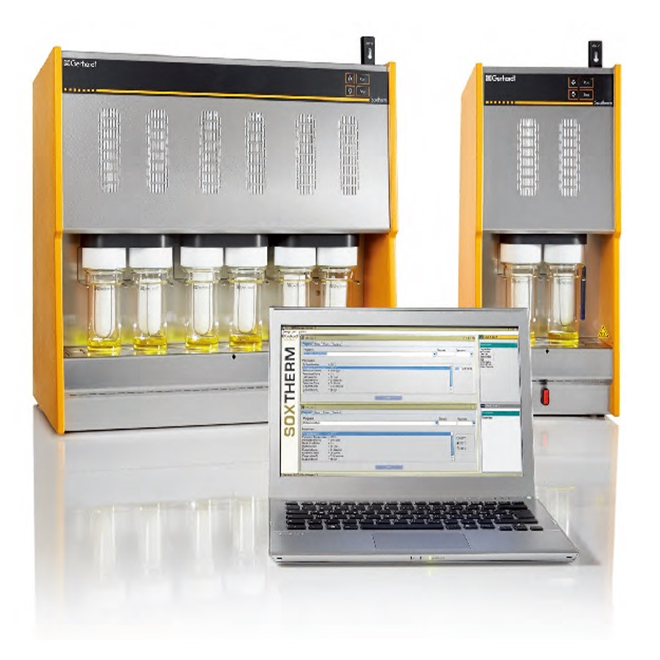


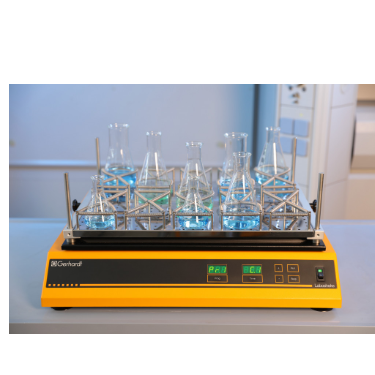
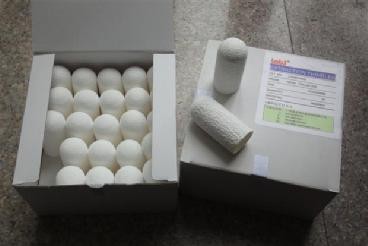
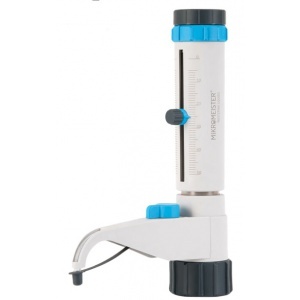


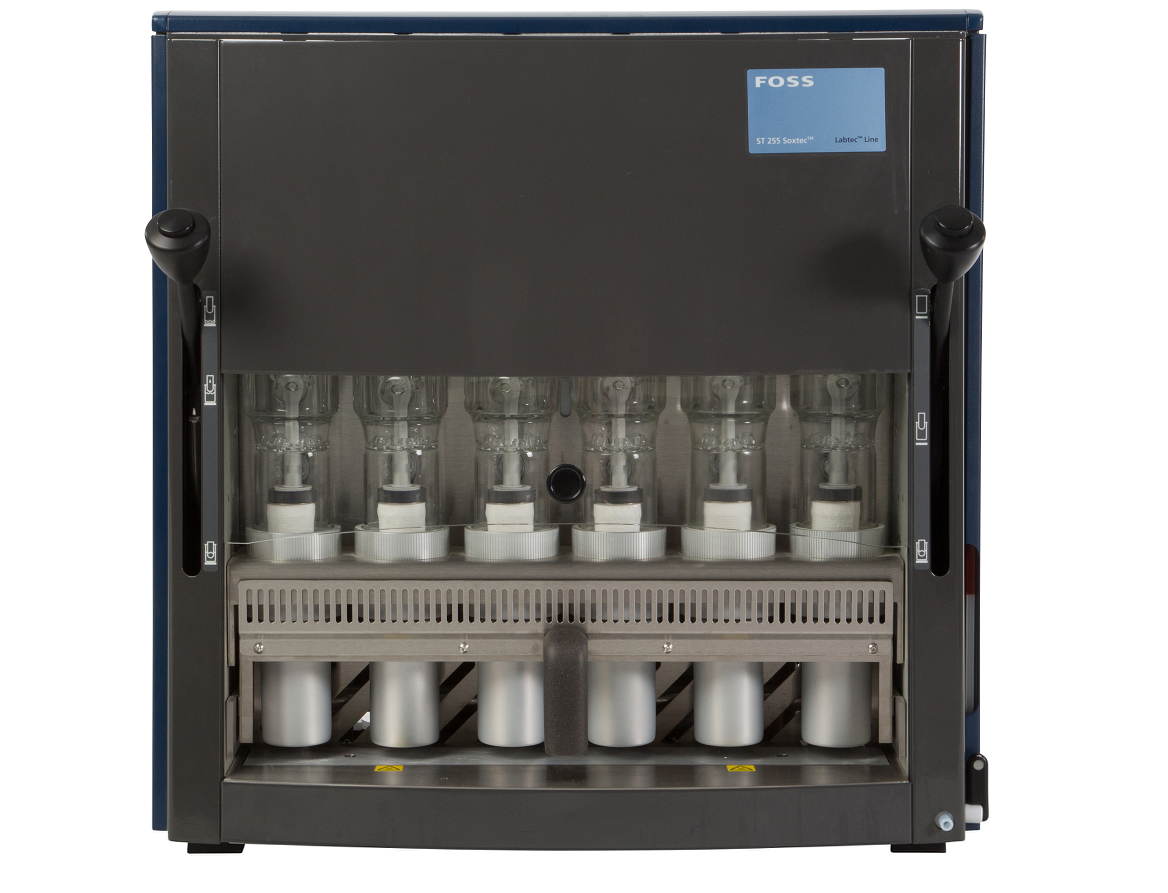


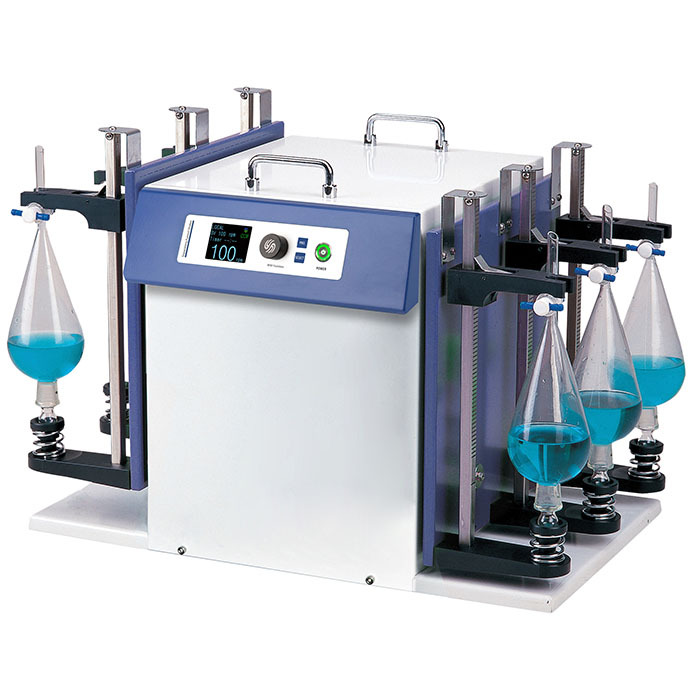
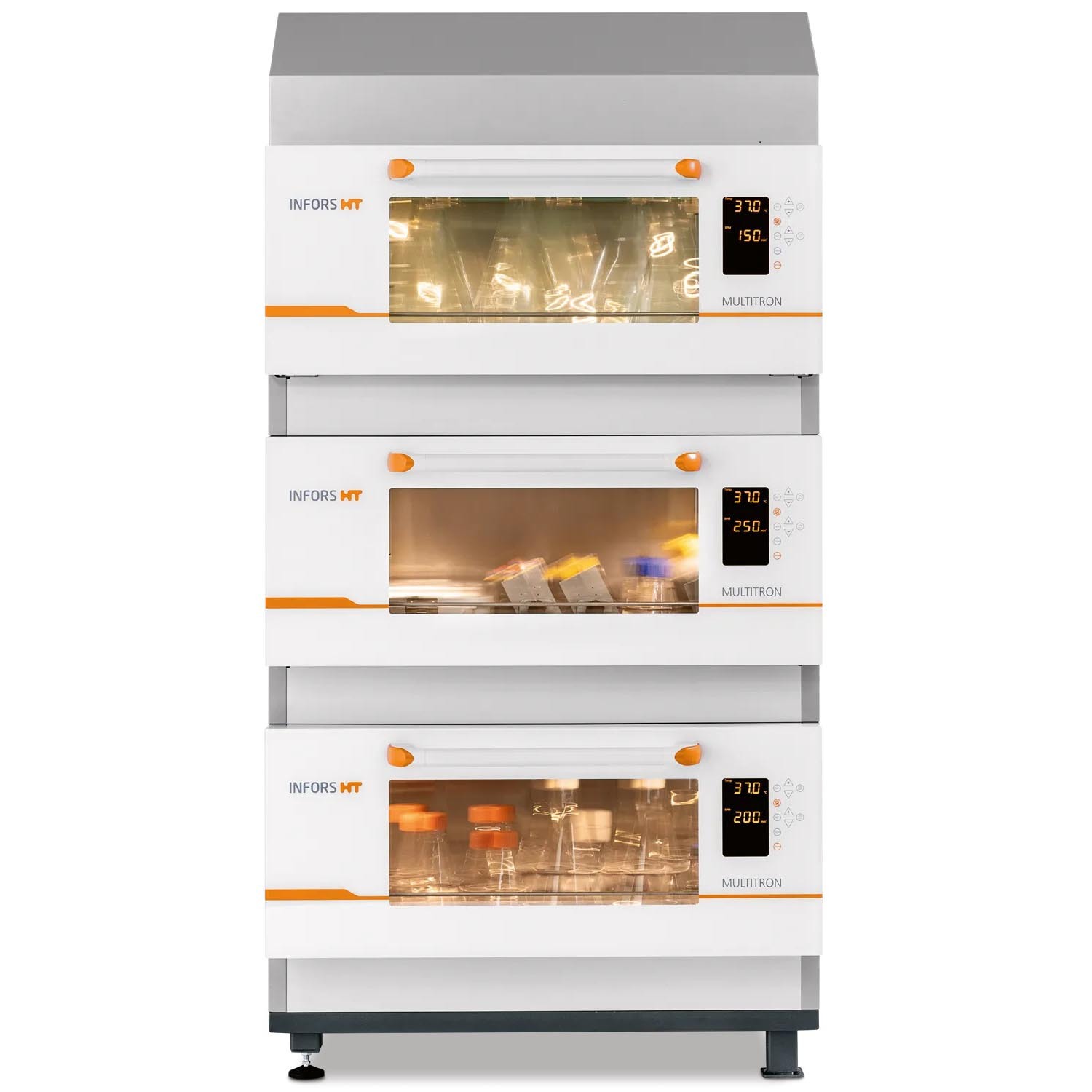
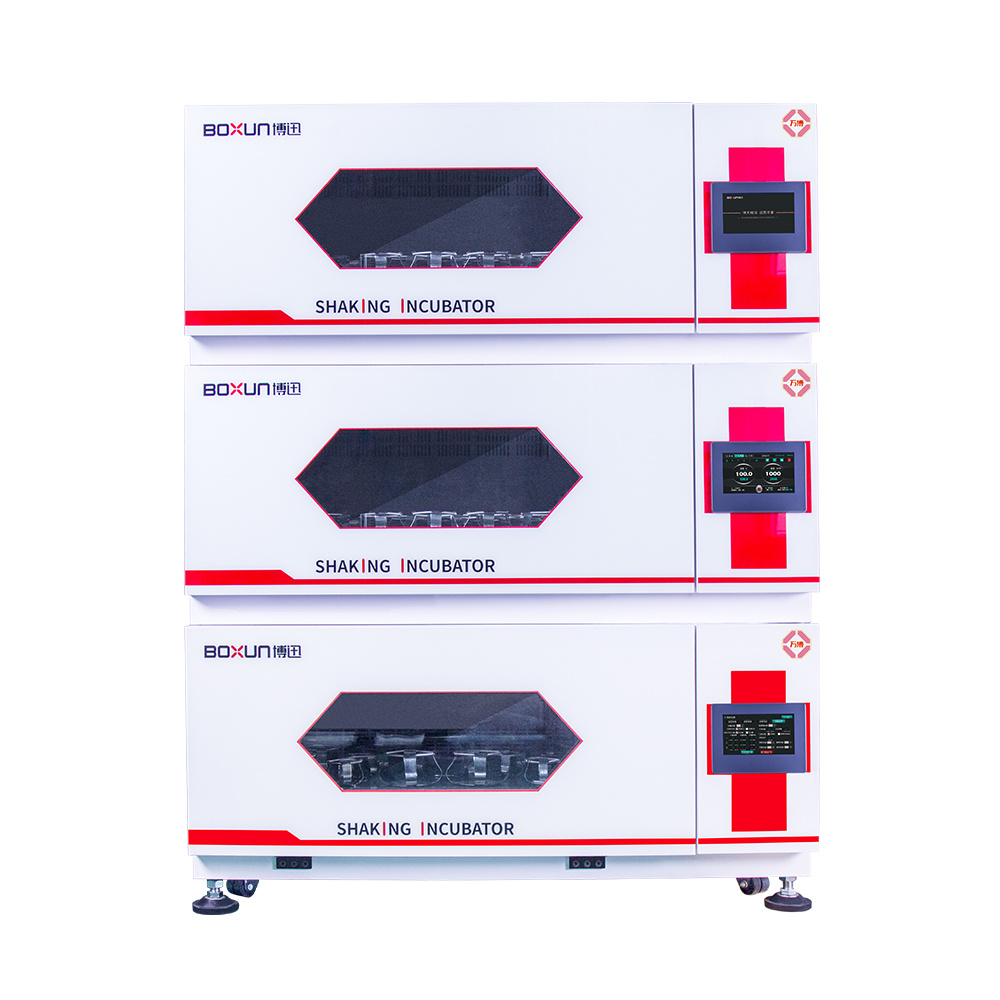
 咨询
咨询